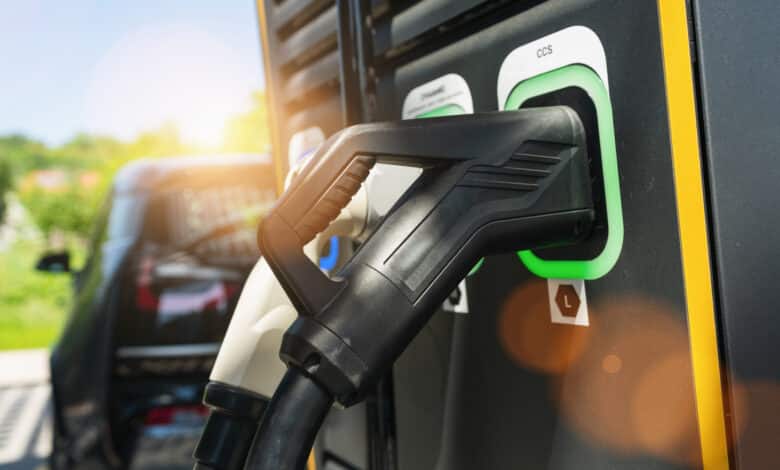
There is a new threat in the world of electromobility that is targeting users of electric cars: Fake QR codes at charging stations (quishing). This sophisticated scam could not only cause financial damage, but also shake confidence in the up-and-coming technology.
The most important facts in brief
- Fraudsters place fake QR codes at public charging stations.
- These codes redirect users to phishing websites that steal sensitive data.
- The scam is known as “quishing”, a combination of QR code and phishing.
- Users should take precautions to protect their data.
How does quishing work?
Fraudsters use fake QR codes that appear harmless at first glance. These codes are attached to public charging stations and entice users to scan them with their smartphones. In many cases, the codes do not lead to the intended charging app or payment platform, but to deceptively genuine-looking phishing websites. There, users are asked to enter sensitive information such as credit card details, access data for their charging account or personal information.
The term “quishing” describes precisely this type of fraud. A combination of “QR code” and “phishing”, the aim of which is to obtain the victim’s data through social manipulation. The perpetrators exploit the trust that many users place in QR codes to obtain the desired information. The danger lies in the fact that the manipulated codes are often almost indistinguishable from genuine ones and are placed in highly frequented locations such as shopping center parking lots or public charging stations.
Effects of quishing
The damage to users can be considerable. In addition to the financial loss caused by stolen credit card information, access to personal accounts can be compromised, which poses further security risks. For many users, this not only represents a financial loss, but also a psychological one, as confidence in the safe use of charging infrastructure is shaken.
For the electric mobility industry, this fraud is a serious challenge. The spread of such incidents could affect the acceptance of and trust in electromobility as a whole. Especially at a time when the industry is trying to win over broader sections of the population to electric vehicles, user confidence in the technology is crucial.
Protective measures against fake QR codes
To protect themselves from these scams, users should take a few precautions. First of all, it is advisable to check the QR code carefully before scanning it. Unusual-looking or pasted-over QR codes can be an indication of manipulation. Users should preferably use the official apps of the charging providers to make payments instead of scanning QR codes attached to the charging stations.
It can also be helpful to contact the charging provider’s customer service if there is any doubt about the authenticity of a QR code. Furthermore, the use of security software on smartphones is recommended to block potential phishing sites. Users should also regularly monitor their bank statements and payment activity to identify suspicious transactions at an early stage.
Conclusion
Fraud with fake QR codes at charging stations is a serious threat to electric car users. It is crucial that users are aware of this danger and take appropriate measures to protect themselves. The electric mobility industry must also respond and take additional security precautions to maintain consumer confidence.
With increased awareness and improved security practices, such scams can be effectively combated in the future. Through targeted education and the establishment of secure usage patterns, the risk can be minimized so that users can continue to enjoy the benefits of electric mobility without fear of data misuse.


